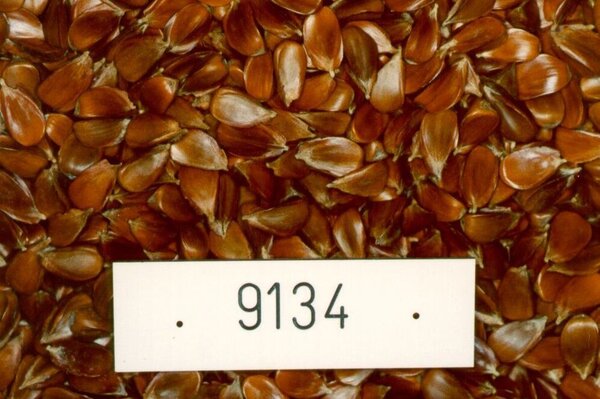Expertise
Transfer of Forest Reproductive Material within Europe – What do we know?
Mirko Liesebach | 20.06.2022
In several European countries considerable amounts of non-adapted reproductive material is still being used. This can lead to high mortality rates and poor growth performance.
For the productive, protective and socially functional forest, it is essential that the stands dispose over genetic diversity and regional-ecological adaptation to their respective site. In relocating forest reproductive materials into a differing environment in order to re-forest or complement a site, there is the risk that the plant material is not sufficiently adapted to the new site conditions. As examples have shown, this can lead to high mortality rates and poor growth performance.
Another aspect: The gene flow of the poorly adapted stands into the natural native populations can have negative influence on the progeny of these trees. Inversely, the planting of well-adapted plant material holds the chance to enrich the populations and, under changing environmental conditions, they can possibly show a higher performance and may be better able to survive. In the framework of a work package of the EU-funded project Treebreedex, the state enterprise Sachsenforst, in cooperation with the Thünen-Institute of Forest Genetics, analysed successes and failures of non local forest reproductive materials throughout Europe. In addition, the current transfer situation of forest reproductive materials in the Treebreedex partner countries was demonstrated.
Still Considerable Need for Improvement
In European countries like France, Spain, and Italy, where large parts of privately owned forests are independently cultivated, the amounts of non-adapted forest reproductive material used for stand establishment are sometimes significant. Liesebach (1994 and 2002) showed the economic impact that choosing the right forest reproductive materials sources can have for several tree species. However, unsuitable plant material is frequently selected, partly out of ignorance, partly from short-term economic considerations or lack of interest. If this happens on a large scale, it can negatively affect the stability of respective stands and have a long-term economic impact.
In light of the climate objectives of the Federal Government and the consequent increased use of wood as an energy source, there is no alternative for effective forest tree breeding. This can only be done in cooperation and has to rely on a complete documentation of the reproductive material used. The nursery industry, the forestry seed trade and each individual forest owner can contribute to building a future with resistant and productive forests.


![[Translate to English:] Logo des Bundesministerium für Ernährung und Landwirtschaft](/media/allgemein/logos/BMEL_Logo.svg)